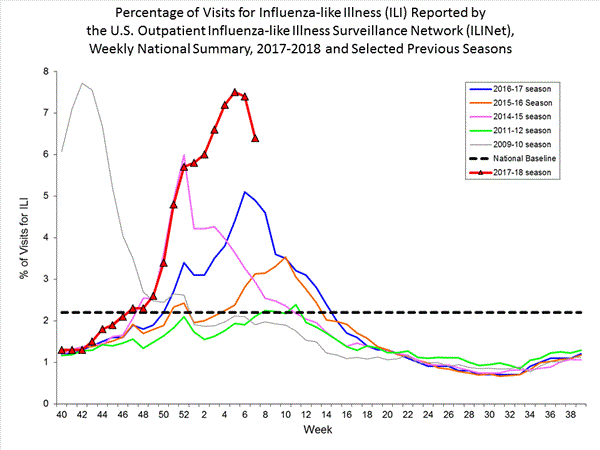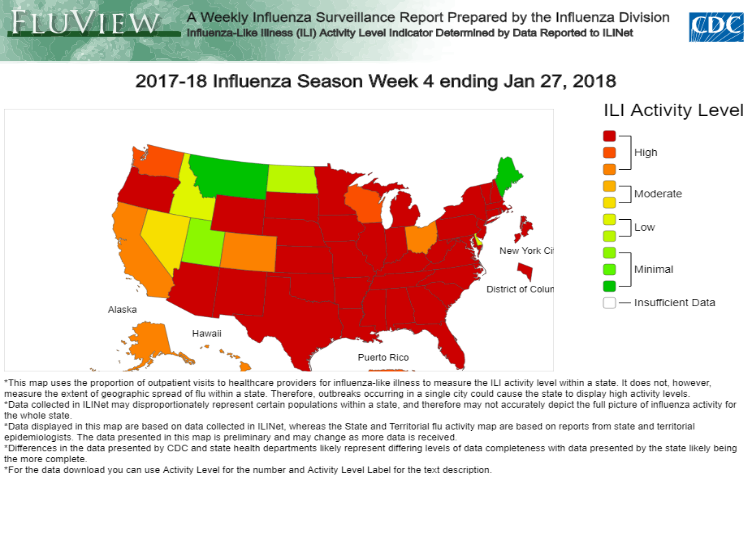Biocontainment and a Cruise Ship – Oh the Irony!
A swine veterinarian shares her perspective of cruises from her experience on a cruise ship.

I was most fortunate to have the opportunity to join several friends on a vacation at the end of January. The thought of several days in the sun and warmth far far away from the cold and blustery Michigan weather was something I had been looking forward to for several months. My friends and I decided to take a cruise for many reasons - the promise of great food, good entertainment, ease of transport, and plenty of off-ship activities should we choose to participate, to name only a few.
It’s important to understand that as a swine vet it’s quite possible that I may notice some things that others may not. The first thing I became aware of immediately upon boarding the ship was that probably over half of the 4,000 individuals on board could be classified as geriatric. The second thing I learned was that essentially once the gang ramp is lifted, with the exception of the entertainers, we were all trapped…….there were no new entrants, and nobody was leaving the ship. After hearing a few coughs and sniffles indicating the potential for influenza or other respiratory virus on board, knowing that norovirus (a nasty GI bug) can spread like wildfire on cruise ships, and having a sense that a large percentage of my co-inhabitants were likely susceptible to contracting any type of virus simply due to their age, I was interested to know whether the cruise ship had established practices that aimed to minimize spread from person to person. Do you see how my mind works? To me, this scenario isn’t much different than trying to prevent the transfer (biocontainment) of a respiratory or GI virus in swine facilities.
A few years ago, when PEDv first affected our industry, I began working with Melissa Millerick-May – an industrial hygienist/exposure scientist whose research is focused on minimizing human and animal exposures to environmental contaminants (including viruses and bacteria) with an aim to prevent the development of disease. In speaking with her, she frequently talks about how small changes in behavior (think management routines) often at little-to-no cost can make a huge impact in terms of preventing illness, often resulting in the end in significant cost savings. She describes the most difficult task as trying to convince or ‘train’ a person to change a particular practice or way of working in a way that stops the ‘spread’ of contaminant, but she notes that once the change is made, the individual finds it to have been relatively easy.
In the 1960’s, Dr. Maxwell Maltz reported that it only takes 21 days of changing a behavior to form a new ‘habit’. The actual ‘number of days’ has been debated over the years, but I can tell you from my experience on the cruise, that when it comes to preventing the spread of pathogen amongst passengers, the staff whipped-us into ship-shape within a very short period of time. How did they do this?
- Eliminating spread via control of food consumption: For the most part, what and where we ate was a tightly controlled operation, preventing the possibility of bacterial contamination of food as well as cross-contamination of food from outside pathogen sources. Food consumption was contained within designated dining areas. There were no take-away containers available with the exception of paper cups for beverages. All plates and cutlery were ‘real’, and the presentation of food was beautiful such that guests felt it was a ‘privilege’ to be afforded such a nice dining experience.
- Controlling pathogen spread: Bacteria and viruses are often transferred from person to person or person to ‘item’ by contamination of the hands. Considering this, there was essentially an ‘enforced’ disinfection protocol on-board the ship. Prior to entering the dining rooms, salons, fitness room and even the elevators, there were hand disinfectant (Purell) stations, that dispensed copious amounts of antiseptic on to each guest’s hands. Very quickly, we became aware that if we wanted to eat, we had to disinfect our hands first. There were 2 lines formed for entry into the dining hall with a Purell station located at the head of each line. If you did not use the Purell, there was a person who ran over to you and squirted some in your hand. To avoid the insult of being chased down by a Purell Enforcer, people adopted the Pavlovian ‘habit’ of using the dispensers each and every time they came into view of a Purell station.
Perhaps due to these behavior changes, my co-inhabitants and I remained healthy. I did not hear coughing or sneezing, nor did I witness the nausea associated with GI bugs – other than perhaps some upright and jerky movements in the disco.
The rest of the United States were not so fortunate. The 2017-2018 season has seen the highest levels of influenza like illness (ILI) cases since 2009. (Figure 1). In the same week that we were enjoying balmy breezes and drinking Lemon Drops (yummy!), the ILI activity for most states was ranked high.


The point behind this story … I have been converted to the Melissa Millerick-May (M3) way of thinking … that efforts should be focused on controlling pathogen “at the source”. With Melissa’s knowledge, the creation and adoption of exposure control methods and with just a few changes in human behavior, we can bio-contain virus and bacteria before they spread.
Please join me in boarding the ‘Love Boat’ of pathogen control. I think you will find it helpful in not only preserving your own health, but also protecting the health of your herds. Want to know more about this approach? Contact me!



 Print
Print Email
Email
